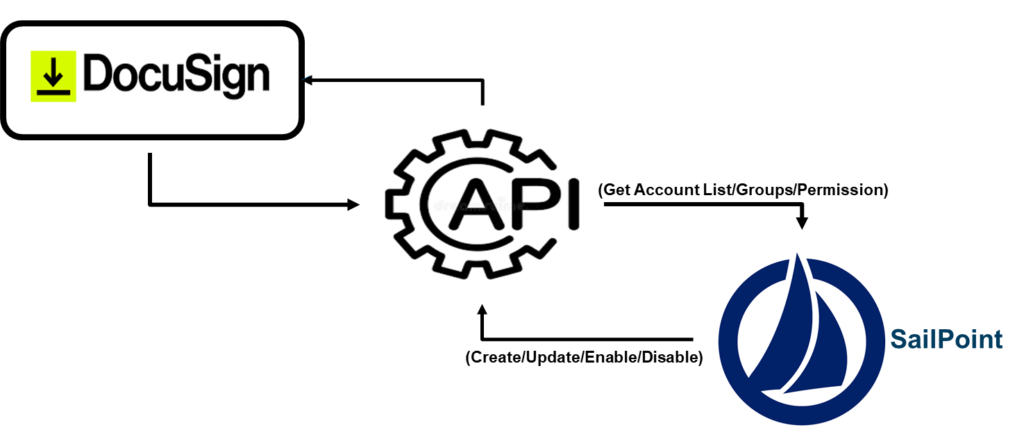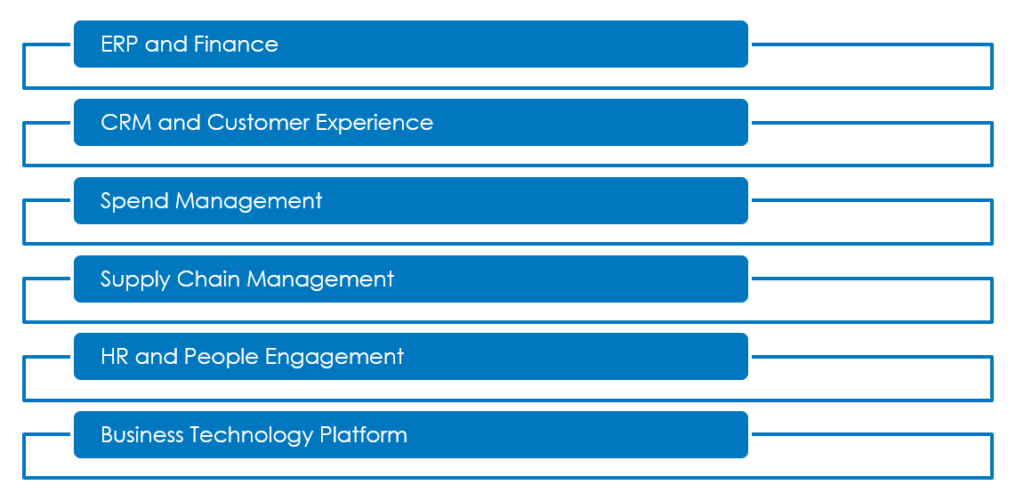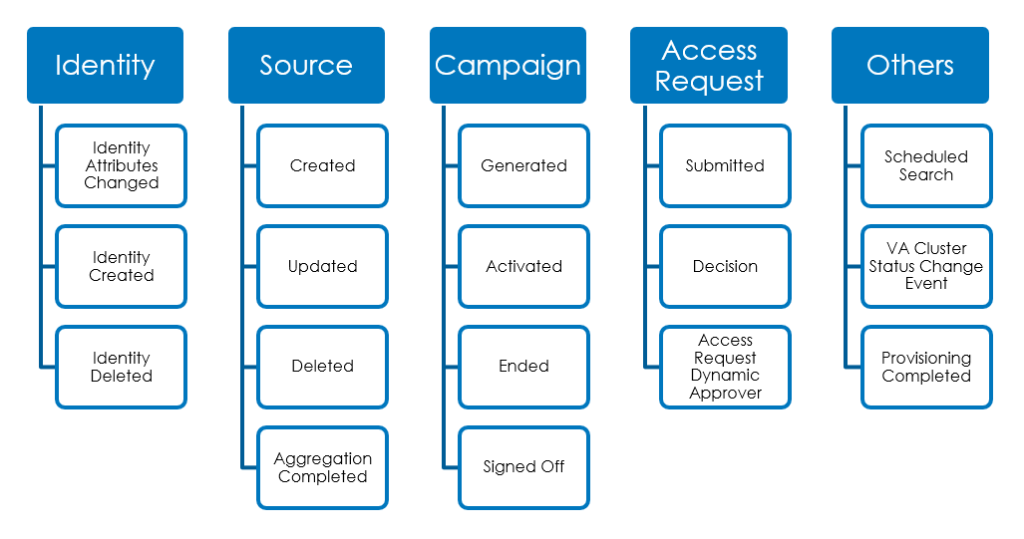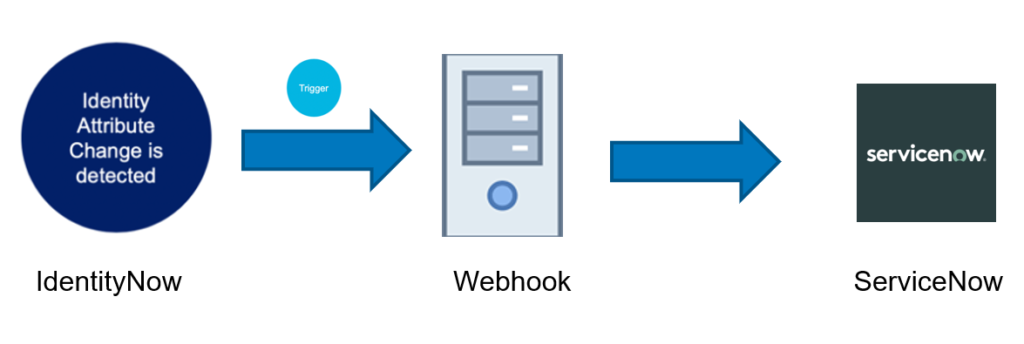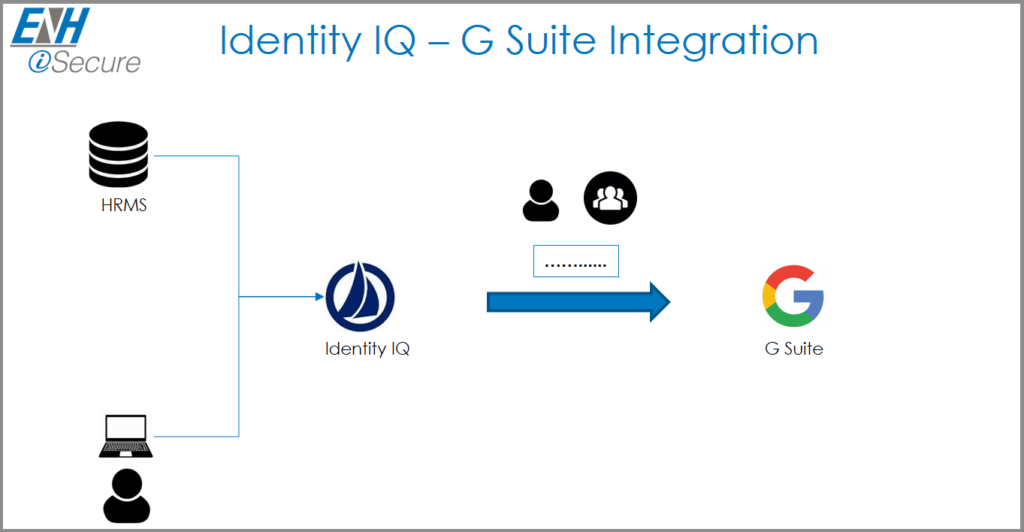
SuccessFactors is an SAP product suite to provide cloud-based solution to manage business alignment, people performance, recruitment, and employee central and learning activities for all sizes of organizations.
SAP SuccessFactors is cloud based HCM solution and is designed on Software as a Service (SaaS) cloud model. Software as a Service is also known as On-demand software solution where software is licensed on a subscription basis and is centrally hosted.
SaaS has become a common delivery model for many business applications, including office and messaging software, payroll processing software, DBMS software, management software, CAD software, development software, gamification, virtualization, accounting, collaboration, customer relationship management (CRM), management information systems (MIS), enterprise resource planning (ERP), invoicing, human resource management (HRM), talent acquisition management and other software and infrastructure services.
- In SaaS, software and application data is hosted on a remote cloud and can be accessed on demand from any location using secured login credentials.
- SaaS software is multitenant that allows many instances of the software to be accessed and are on the same application version.
- Users have an option to select features and functionality to use in the standard solution and in the regular releases that are introduced by the vendor.
- SaaS Solution is based on multitenant architecture where a single configuration is applied for all the tenants or customers. To provide scalability, you install application on multiple machines.
IdentityNow SAP SuccessFactors connector supports Account Management for loading accounts, delta aggregation and Provisioning.
SAP SuccessFactors integration with SailPoint IdentityNow Blog
Pre-requisite
At-least Virtual Appliance need to be configured in order to have communication between IdentityNow cloud and SAP source however SailPoint recommends to have 2 virtual appliances in cluster.
Permissions required :
•Test connection : To test the connectivity from IDN cloud to SAP SuccessFactors source.
•Account Aggregation : To aggregate account details to IDN cloud.
•To perform connection tasks, must have the following permissions:
a. SFAPI User Login
b. Employee Central HRIS SOAP API
•For example, The Success Factor source aggregates the employee data from the SuccessFactors managed system based on the Picklist configuration which is a configurable set of options or selection lists used to populate a data input field with one of a number of predefined values in the Success Factors that can be obtained.
Next for aggregation we required the following permission:
- Manage User : Employee Export
- Metadata Framework : Admin access to MDF OData API
- Manage System Properties : Picklist Management and Picklists Mappings Setup
- Employee Central API : Employee Central Foundation OData API (read-only), Employee Central HRIS OData API (read-only), Manage Role-Based Permission Access
Let us see prerequisites for SAP SF integration.
•For configuring the base URL for IdentityNow tenant we need to configure data center wise.
•The base url will vary from datacentre to datacentre.
•In the blog we have provided the link for SuccessFactors API URLs for different Datacenters.
https://userapps.support.sap.com/sap/support/knowledge/E/2215682
SAP SuccessFactors integration with SailPoint IdentityNow Demo
